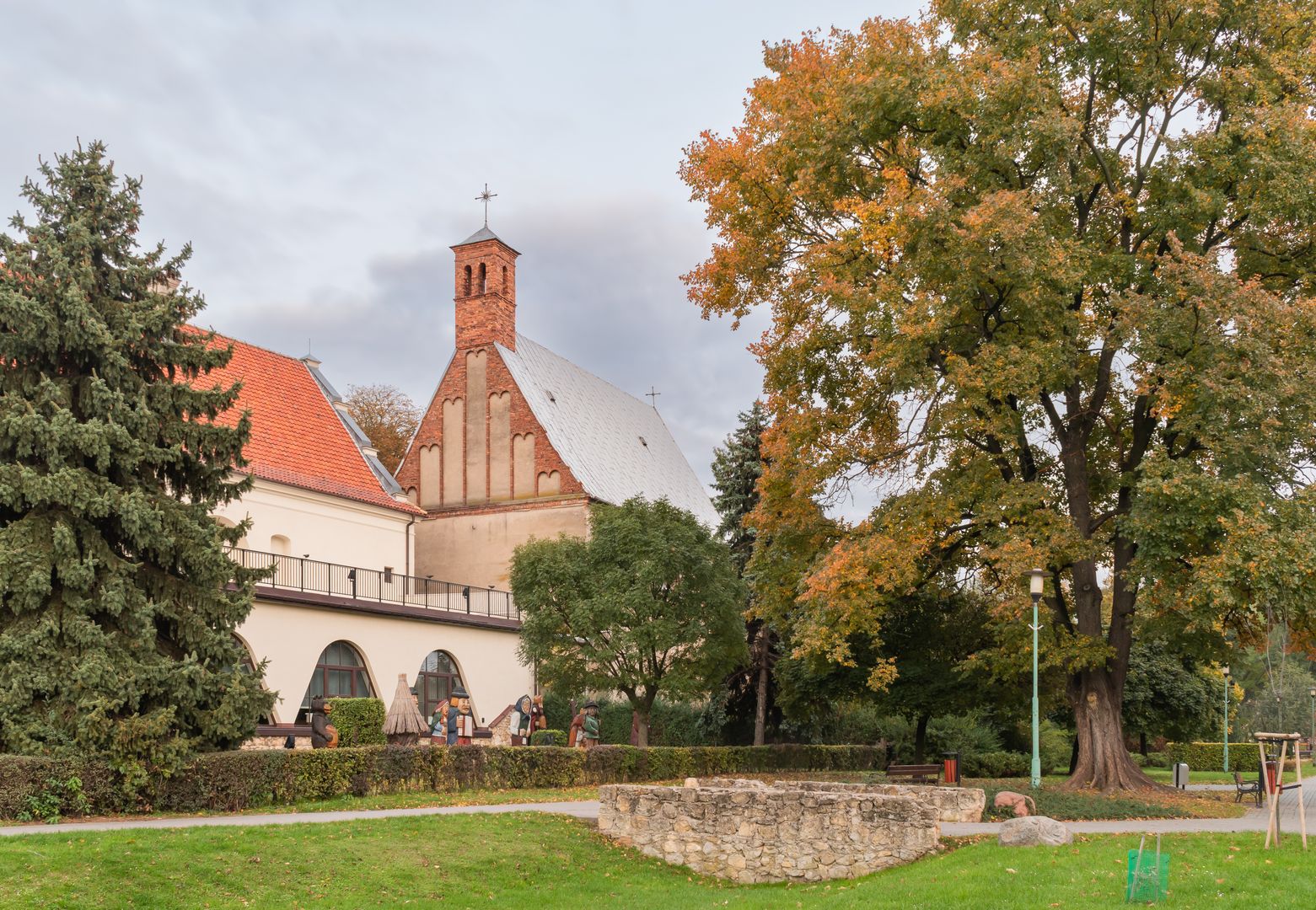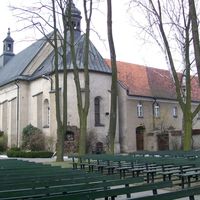Wieluń
7.31

Overview
Wieluń is a city with a rich history dating back to the 13th century, known as an administrative and military center, as well as a venue for regional assemblies. It gained city rights in 1281 and was granted staple rights in the 15th century. In the 16th century, it became a royal city, frequently hosting queens, which influenced its architectural development. Wieluń earned the nickname "the Polish Guernica" due to the destruction it suffered during World War II, when thousands of civilians were killed in the bombing on September 1, 1939. Alongside its military history, the city has had strong Jewish roots for centuries, despite earlier settlement restrictions. Among Wieluń's architectural landmarks are its defensive walls, castle, town hall, and numerous churches, including the Collegiate Church of the Holy Body and the Church of St. Barbara. After the war, the city was rebuilt, and today its infrastructure includes modern housing estates and industrial plants, with the "Wieluń" sugar factory being one of the oldest. The city's transport network is developing, and Wieluń is an important road hub, with a bypass and railway connections. An interesting fact is that one of the last Polish narrow-gauge railways ceased operations in Wieluń. The city's cultural life is represented by libraries, museums, and the activities of various associations promoting local traditions. Despite its turbulent history, Wieluń remains a dynamic city, preserving its regional character.
Location
You can also find here:
2025 Wizytor | All Rights Reserved

